Approach change with CARE. Practice change with CARE.
Change has always been infinite, but nowadays it’s unrelenting. Most companies aren’t dealing with one or two big change initiatives, but a plethora of complex changes at any given time. Change management models popularized in the 1990s are often based on linear methods, fear-based mental models, and pomp and circumstance—fighting resistance, creating urgency, burning platforms, and so on. This puts folks in a negative headspace and can create a climate of resentment and cynicism—not to mention, outright panic.
The CARE model assumes people are willing and able to change and are more apt do so for the long-term if…
The reason given is clear, compelling, strategically sound, and personally meaningful
The change is done with them (not to them)
Leaders are aligned, demonstrate support, and are trustworthy
Specific change impacts are well understood, clearly documented, and communicated, including all ways of working changes (i.e., process, responsibilities, interactions, habits, etc.)—not just system or technology changes
Opportunities for learning, experience, practice, and psychological support are provided
People are treated with honesty, respect, and empathy—especially when the news is difficult to hear
Too often, empathy is forgotten when the reality is that our brains are “programmed” to avoid change. We now understand this better than ever through recent insights in neuroscience. Taking the time to listen, empathize with different perspectives, and offer support are key to ensuring a successful transition.
Finally, CARE is iterative and mutually reinforcing. While it’s typical to start with C (Clarify) and proceed with A-R-E, any of the elements may be applied at any time and will be repeated over and over as more and more details about the change are gathered and understood.
Imagine a world where change is managed with CARE.
Want to learn more…?
Contact me for a custom learning series to help you, your team, or your company manage change with CARE.
Introduction to Organizational Change Management | get grounded in OCM basics
Approach Change with CARE | rethink how to lead and manage change in the 21st century, whether for yourself or others
Practice Change with CARE | dig deeper into a four-part series on each CARE element and learn by doing: Clarify, Align, Reinforce, Empathize


